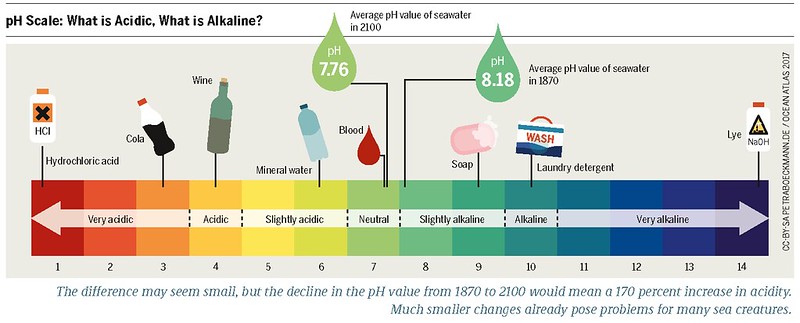Phenol, a weak organic acid, has a pH range of approximately 4.45-5.68 in an aqueous solution with a 3.75:1 phenol-to-water ratio at 25°C. This pH range indicates that phenol in water is weakly acidic, contributing to a lower pH value compared to pure water (pH 7). The acidity of phenol is attributed to its ability to donate a hydrogen ion from its hydroxyl group, forming the phenoxide ion, which is stabilized by resonance.
Factors Affecting the pH of Phenol in Water
Temperature
The pH of phenol in water can be influenced by temperature. As the temperature increases, the pH of the solution may change due to the temperature-dependent equilibrium between phenol and its conjugate base, the phenoxide ion.
Presence of Other Ions
The presence of other ions in the solution can also affect the pH of phenol in water. For example, the addition of a base or an acid can alter the pH, shifting the equilibrium between phenol and the phenoxide ion.
Concentration of Phenol
The concentration of phenol in the water can also impact the pH. Higher concentrations of phenol may result in a lower pH, as the equilibrium shifts towards the formation of more phenoxide ions.
Solubility of Phenol in Water
When phenol is added to water, it initially forms oily drops at the bottom of the mixture due to its limited solubility. This is caused by hydrogen bonding between water and the OH group of phenol, as well as the hydrophobic nature of its large hydrocarbon group. However, some water also dissolves in the phenol, lowering its melting point and allowing it to exist as a liquid at room temperature.
Balancing the pH of Phenol in Water
To balance the pH of phenol in water, one can adjust the pH by adding a base or an acid. For example, to prepare phenol saturated with a 0.1 M Tris-HCl buffer (pH 8.0), an aliquot of UltraPure™ Phenol:Water (3.75:1, v/v) can be mixed with an equal volume of 0.5 M Tris-HCl (pH 8.0), and the phases can be allowed to separate at 15-30°C. The upper, aqueous phase can then be aspirated, and an equal volume of 0.1 M Tris-HCl (pH 8.0) can be added. This process can be repeated until the desired pH is obtained.
Safety Considerations
When handling phenol, it is crucial to take safety precautions due to its toxic and corrosive nature. Phenol can cause burns if it comes into contact with skin or if swallowed, and it is harmful if inhaled. Therefore, it is essential to wear appropriate personal protective equipment, such as gloves and safety glasses, and to use phenol in a well-ventilated area or under a fume hood.
Conclusion
In summary, the pH of phenol in water is weakly acidic, ranging from 4.45 to 5.68. This acidity is due to the ability of phenol to donate a hydrogen ion and form the phenoxide ion, which is stabilized by resonance. The pH of phenol in water can be influenced by factors such as temperature, the presence of other ions, and the concentration of phenol. To balance the pH of phenol in water, one can adjust the pH by adding a base or an acid. Safety precautions must be taken when handling phenol due to its toxic and corrosive nature.
References:
1. Acidity of Phenols – Chemistry LibreTexts, https://chem.libretexts.org/Courses/Nassau_Community_College/Organic_Chemistry_I_and_II/11:_Structure_and_Synthesis_of_Alcohols/11.05:_Acidity_of_Alcohols_and_Phenols
2. Solubility and pH of phenol, https://issr.edu.kh/science/Webpage/Lab_Techniques/Edexcel%20Practical%20Chemistry%20-%20Halesowen/Edexcel2009/solubility_and_ph_of_phenol.htm
3. Effects of pH on the chlorination process of phenols in drinking water, https://www.sciencedirect.com/science/article/pii/S0304389405006254
4. UltraPure™ Phenol:Water (3.75:1, v/v) – Thermo Fisher Scientific, https://assets.thermofisher.com/TFS-Assets/LSG/manuals/MAN0001267_15594047.pps_phenol_water_UG.pdf
5. Acidity of Alcohols and Phenols – Chemistry LibreTexts, https://chem.libretexts.org/Courses/Nassau_Community_College/Organic_Chemistry_I_and_II/11:_Structure_and_Synthesis_of_Alcohols/11.05:_Acidity_of_Alcohols_and_Phenols

